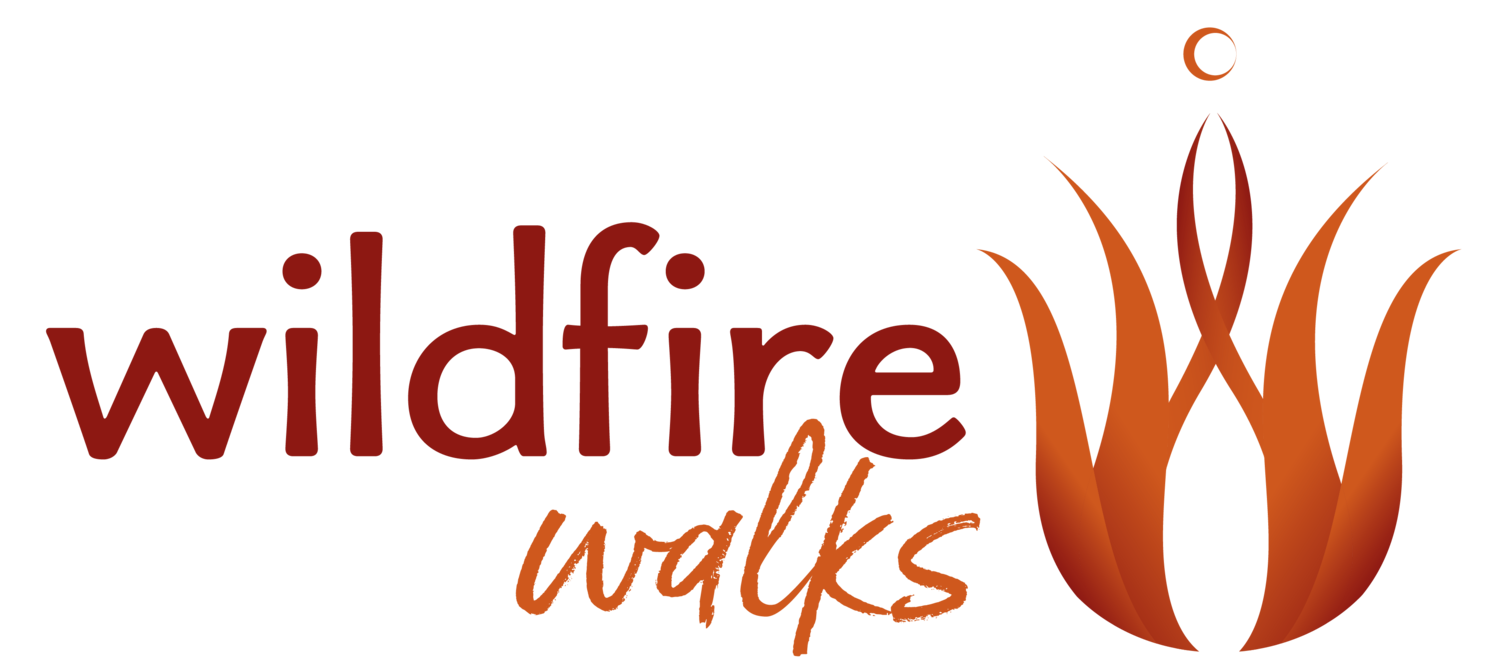For the love of nettles
As many of you will know, I'm a keen forager and whilst I forage, eat and/or use well over 40 different species of plants over the course of a year, there are usually a couple of plants each year that I develop a special relationship with. This year, (or at least this summer - I was obsessed with hogweed back in the spring!), it's all about the stinging nettles!
This much maligned plant is more often cursed than celebrated, either for its (admittedly not very pleasant) sting, or its designation as widespread "weed". It's making something of a comeback on the culinary front as foraging becomes more popular, and many people know of nettle soup, risotto or tea in spring. The super keen might even go as far as drying the fresh nettle leaves to save for tea or to grind into a nutrient dense (and completely free!) greens powder. Once the leaves set flower though, the leaves are not good to consume, but the fun is just beginning!
You may notice as you wander around in July/August that some nettles are hanging heavy with dense clusters of little green seeds. (I say some, because nettles are dioecious, that is they have separate male and female plants, and only the females bear seeds. There's a pub quiz question for you!). These seeds are not only edible*, they are delicious and, as with many wild foods, packed with nutrients. You can use them in much the same way you'd use any seed: sprinkled on porridge, cereal or salads, added to a smoothie, or baked into crackers, bread and cakes. I've been busy harvesting lots of seeds in the last week, an enjoyable, mindful and extremely satisfying process which can easily give you a large jarful!
If you want to harvest your own seeds, you need a fair sized paper or cotton bag or clean pillowcase, some gloves, a pair of scissors or secateurs, and a space where you can leave them to dry for a few days (I take over my dining table!). I highly recommend wearing long sleeves for this process too - they are stinging nettles after all! Once you’ve found a good patch of nettles - away from busy roads and out of dog-wee-reach - select the plants that seem really laden with seeds. Holding the tip with gloves, cut the stem about five bunches of seeds down. Give it a gentle shake to encourage bugs to escape, then pop the cut stem gently into the bag, and continue. About 10 heavily laden stems will probably give you about a medium sized jarful of seeds, so be guided by the amount of seeds you want to harvest, the amount of space you have to lay them out to dry, and of course - one of the golden rules of foraging - remembering to leave plenty of nettles for the wildlife!
Once home, lay your nettles out on a white sheet/towel/paper ideally in a single layer (it’s not the end of the world if they are touching, they might just take longer to dry) and leave them for 2-3 days. You will probably find you have some bugs crawling out, or they may have gathered in the bottom of your bag. Shake them out outside and apologise for rehoming them so abruptly! After a couple of days, the leaves will have shrivelled up and become quite papery, and you’ll notice that many of the seeds will have started to drop onto the sheet below. At this stage you can start to rub the seeds off by hand, stem by stem, into a bowl. Be careful at this stage as whilst the leaves and stem no longer “sting”, the hairs can still be a little irritating. It’s a slow process, but one that is incredible grounding, absorbing and satisfying. You could easily do it while watching TV, but I like to use the process as a gorgeously calming and screen-free natural meditation in the evening. Try it!
One lesser known use of nettles which I've been absolutely loving exploring this year is to use the fibres for weaving. I spent a very satisfying hour or so last week stripping nettles down to their fibres, then after drying overnight, twisting them into cordage (a type of string) and then using the cordage to create a little looped basket. This is something that’s much easier to demonstrate in person than via written instruction, but if you head over to my Facebook page you’ll see some photos there! And if you want to learn more about harvesting and using natural fibres yourself, or foraging wild edibles, reach out and enquire about joining me on one of my retreats!
*Please harvest responsibly, and only ever pick and eat a plant if you are 100% certain of its identity. Please check with your doctor before consuming nettle seeds (or indeed any wild edible) if you have a medical condition or are pregnant or breastfeeding.
